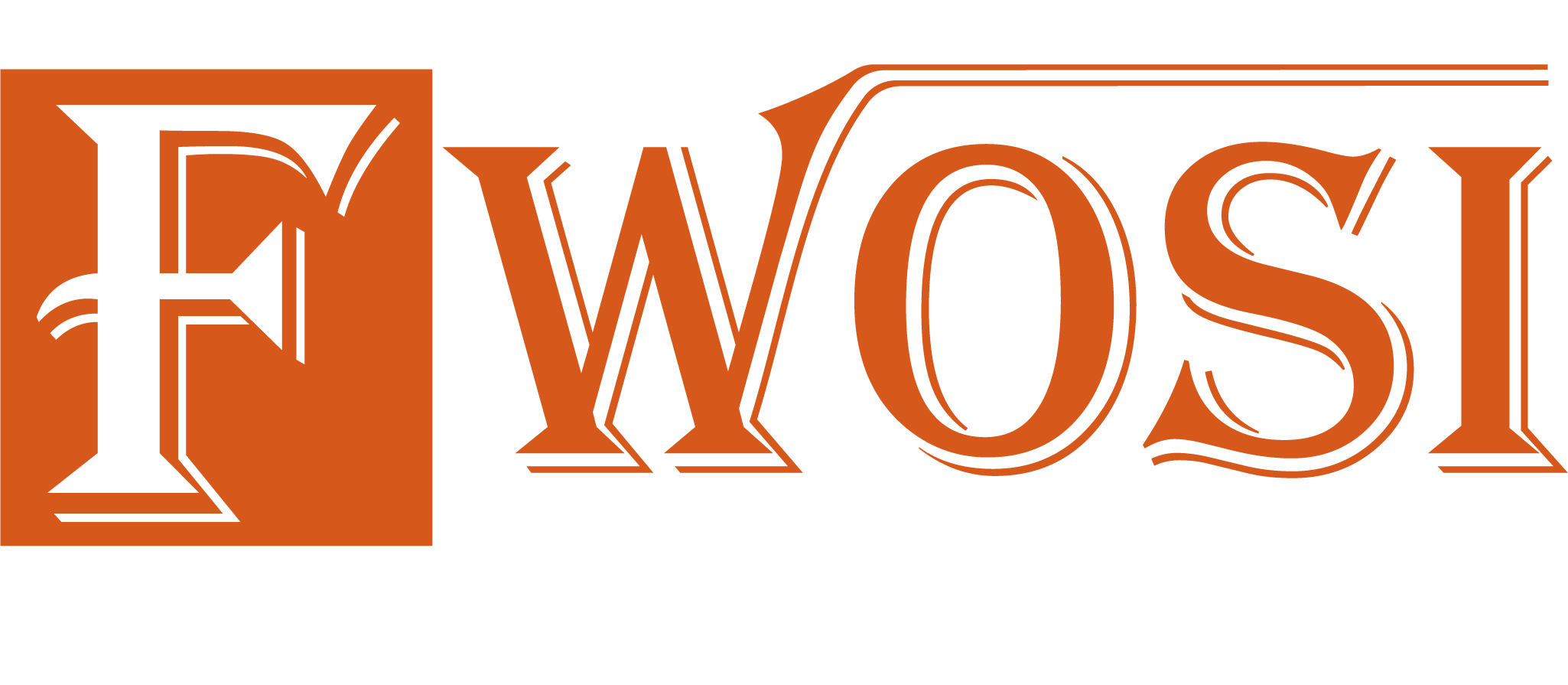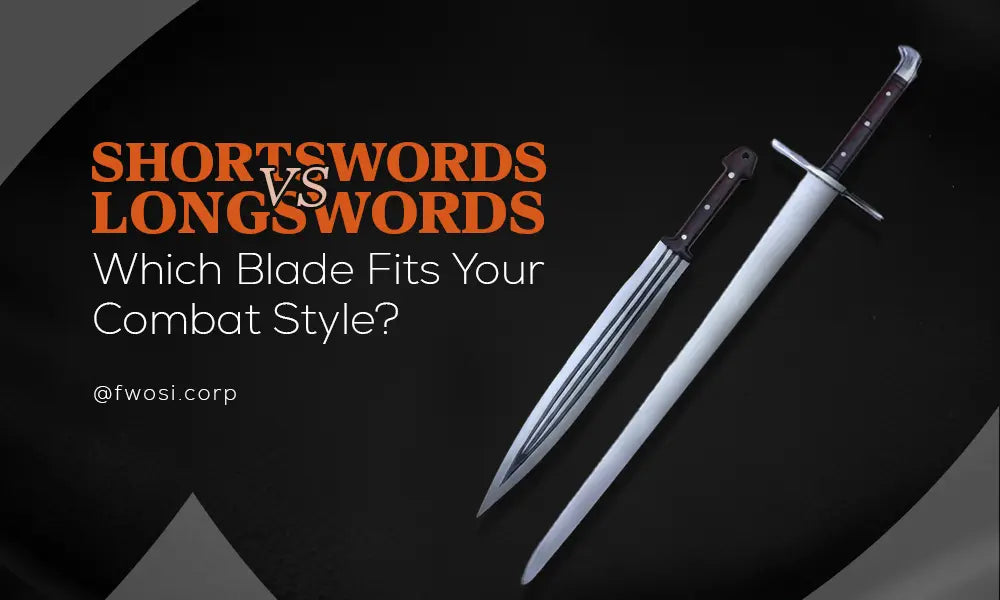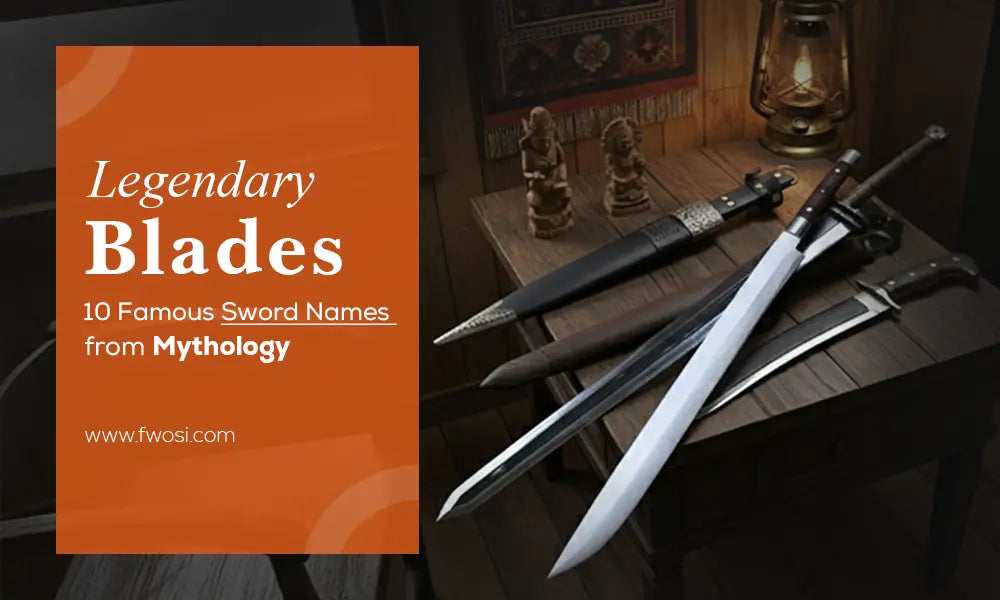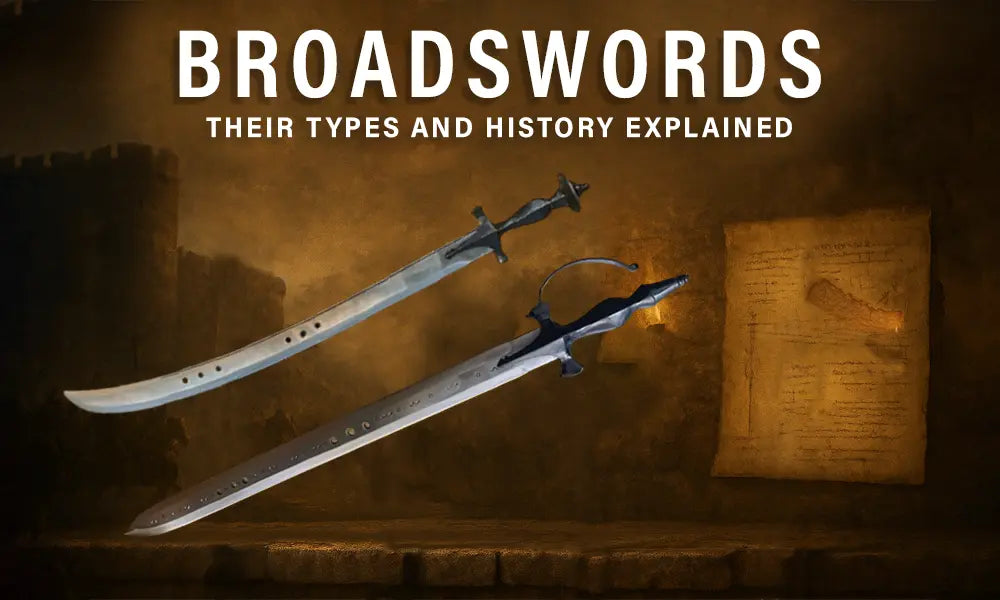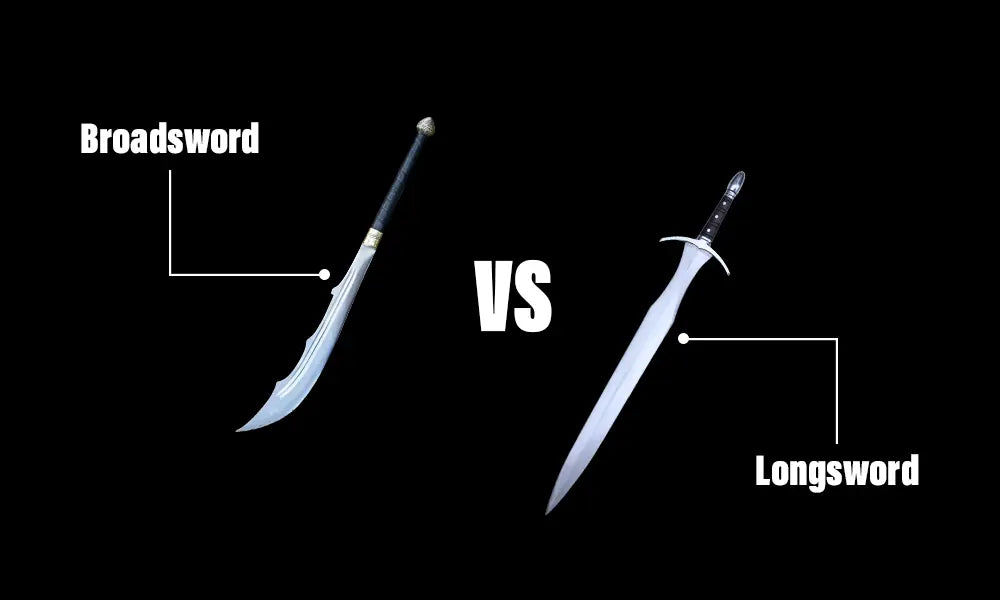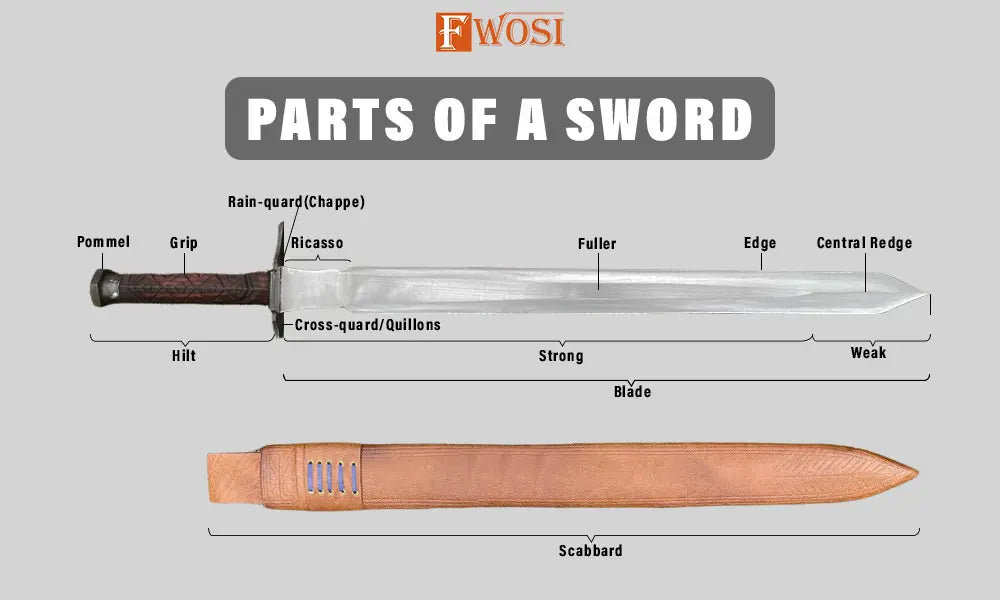-
Shortswords vs Longswords: Which Blade Fits Your Combat Style?
Key Takeways: Shortswords are fast, easy to draw, and ideal for close-quarters or surprise encounters. Longswords offer superior reach, leverage, and battlefield dominance in structured combat. Combat style, environment, and personal preference determine which blade suits you best. Historically, both swords played different roles - sidearm vs primary weapon. Modern martial artists and collectors still value training, display, and heritage. Shortswords and longswords... -
The Spartan Sword: Uses, History, and Design
Key Highlights: The Spartan sword (xiphos) was a short, double-edged weapon built for precision and agility in phalanx combat. Its leaf-shaped blade and compact form made it ideal for close-range warfare and thrusting under shields. Spartans first fought with spears, then used their swords when the front lines tightened. The sword symbolized discipline, unity, and courage, deeply tied to Spartan military culture. FWOSI’s Spartan... -
Legendary Blades: 10 Famous Sword Names from Mythology
Key Highlights: Sword names carry power and meaning - symbolizing honor, destiny, and heroism in myth and history. Famous examples include Excalibur, Kusanagi, and Gram, each tied to cultural legends across Europe, Asia, and beyond. Scimitar, Khopesh, and Kopis show how mythic designs inspired real weapons used by ancient warriors. Modern collectors can experience this legacy through FWOSI’s hand-forged Viking, Spartan, and Falchion blades.... -
Broadswords: Their Types and History Explained
Key Highlights: What is a broadsword? → A wide-bladed, double-edged sword used in medieval & Renaissance Europe. History: Popular among knights, Scottish Highlanders, and European warriors. Types: Spartan Lakonia, Roman Spatha, Chinese Da Dao, Viking Broadsword. Design: Typically 2–4 lbs, wide blade for powerful cuts, often with basket-hilt hand protection. Modern relevance: Popular among collectors, martial artists, and reenactors. A broadsword is a... -
Broadsword vs. Longsword — Key Differences & Historical Effectiveness
Key Highlights: Longsword: Medieval, two-handed, versatile for both cutting and thrusting. Broadsword: Later-period, one-handed, optimized for heavy slashing. Design Difference: Longsword has a crossguard; broadsword has a protective basket hilt. Usage: Longswords were battlefield staples; broadswords became iconic with Highland warriors. Today: Choose a longsword for fencing and martial arts practice, or a broadsword for reenactments, displays, and historical collections. When people search broadsword... -
Different Parts of a Sword: Basic Sword Anatomy
Key Highlights: A sword is made up of two main sections: the blade and the hilt. Key parts include the tip, edge, spine, fuller, guard, grip, and pommel. The scabbard or sheath stores and protects the blade. Designs vary by culture, such as Viking swords, katanas, and rapiers. Choosing a sword replica requires attention to tang, steel quality, and balance. A sword is more...

